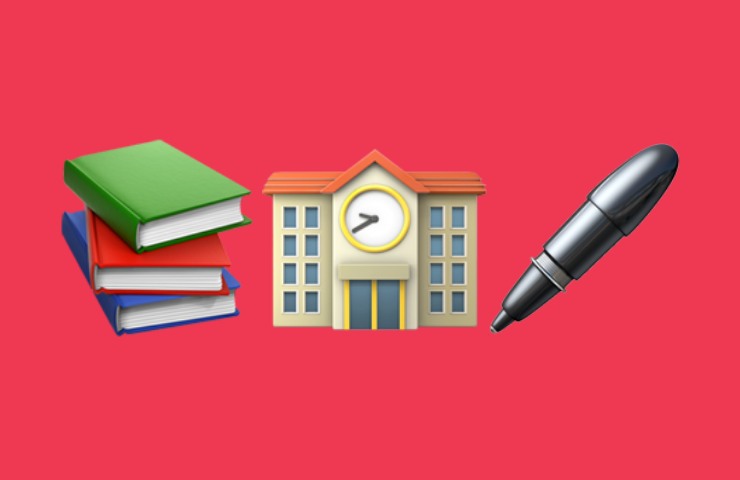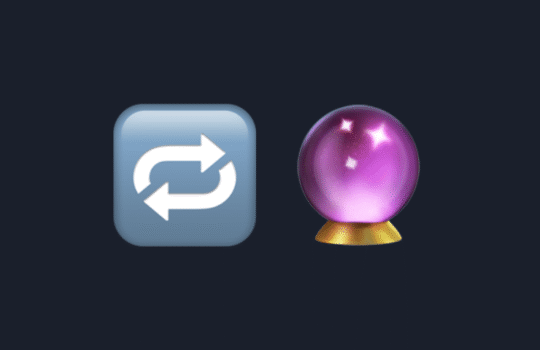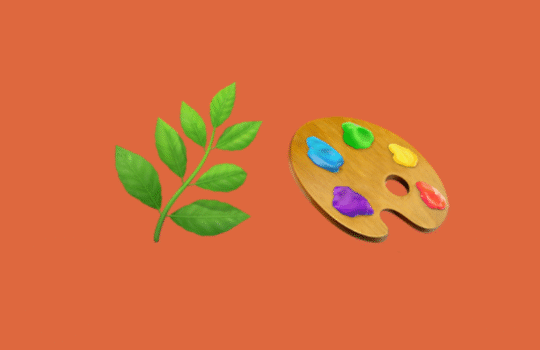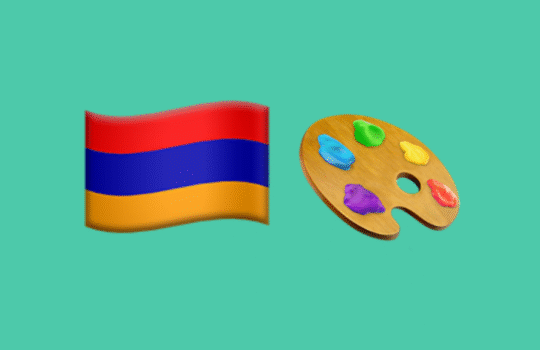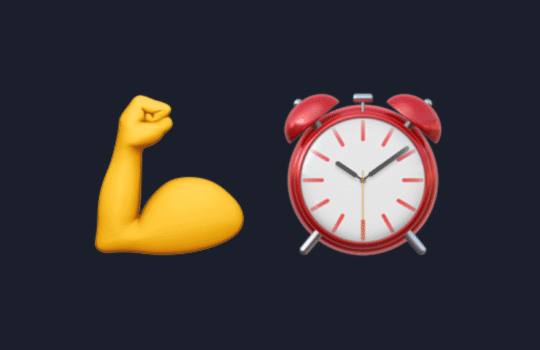Walk into any Armenian household in the diaspora—whether it’s in Los Angeles, Beirut, Paris, Buenos Aires, or Sydney—and you’ll likely hear a mix of languages: English, French, Spanish, Arabic… and sometimes, Armenian.
But more often than not, that last one—the heart language of our people—is spoken less fluently with each new generation.
So the question arises:
Should Armenian be taught in all diaspora schools?
If we want Armenian to survive, to thrive, and to mean something to future generations, the answer isn’t just “yes.”
It’s: how soon can we start?
🧬 Language Isn’t Just a Tool—It’s Identity
Armenian isn’t merely a set of words or a way to communicate. It’s a cultural archive, a spiritual memory, and a living heartbeat of a people who’ve overcome genocide, exile, and forced assimilation.
When kids learn Armenian:
- They unlock family stories that can’t be told in translation.
- They understand ancient prayers and powerful proverbs.
- They feel closer to their roots—even if they’ve never stepped foot in Armenia.
Language makes abstract identity feel personal.
🌍 Multilingual Kids Are Stronger, Smarter, and More Connected
Some parents hesitate:
“Isn’t English enough?”
“Won’t adding Armenian confuse my child?”
The research says otherwise.
Kids who grow up multilingual are:
- Better problem-solvers
- More emotionally intelligent
- More adaptable to change
- More empathetic and culturally aware
Armenian doesn’t compete with other languages—it complements them. It gives diaspora children the tools to be global citizens without losing who they are.
🏫 Schools Are the Lifeline of Language in the Diaspora
Let’s be honest: not every Armenian household speaks Armenian fluently anymore. For many families, it’s been lost over generations of immigration, colonization, or trauma.
This is where schools can step in as cultural guardians.
By teaching Armenian as a regular part of the curriculum, diaspora schools:
- Give every child equal access to their heritage
- Ensure both Eastern and Western Armenian are preserved
- Make Armenian relevant, playful, and modern
It doesn’t have to be boring or old-fashioned. We can teach Armenian through:
🎶 Songs and folk music
📚 Storytelling and animated books
🕹 Games, apps, and classroom tech
🎭 Skits, roleplay, and holiday performances
Language can—and should—be fun.
✊ Rebuilding Cultural Confidence
When a child grows up feeling “not Armenian enough,” it can affect their self-worth.
They may avoid speaking the language, or worse—feel ashamed for not knowing it.
Teaching Armenian helps fight that shame.
It tells every child:
- You are enough
- Your story matters
- Your culture is beautiful
- You have a place in this legacy
In every diaspora classroom where Armenian is taught, a torch is passed.
🌱 It’s Never Too Late to Start
Even if your community doesn’t yet offer Armenian classes—start the conversation.
- Could it be offered once a week?
- Can churches or community centers offer weekend lessons?
- Could online tools be used during free periods or as electives?
Language loss isn’t inevitable. It’s a choice. And so is language revival.
Diaspora is the distance. Armenian is the bridge. Let’s build it together—one classroom at a time. 🇦🇲✨

Ready to start learning Armenian?(www.tunapp.com/get-started)
Tun Online Armenian School is available online to students in 30+ countries. Students can log in and learn Eastern or Western Armenian at a pace that suits them, and it features lessons, quizzes and interactive games to make learning fun.
<< Create your free account and start your first lesson now! >>
✅ Eastern and Western Armenian
✅ Available on mobile
✅ Available on desktop and laptop
✅ Ad-free learning experience
✅ Live practice with other Armenian speakers
✅ Beginner, Intermediate and Advanced levels
✅ Tutor help available
✅ Try before you buy with 4, 8 or 12 lessons free
✅ Cancel any time

